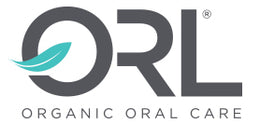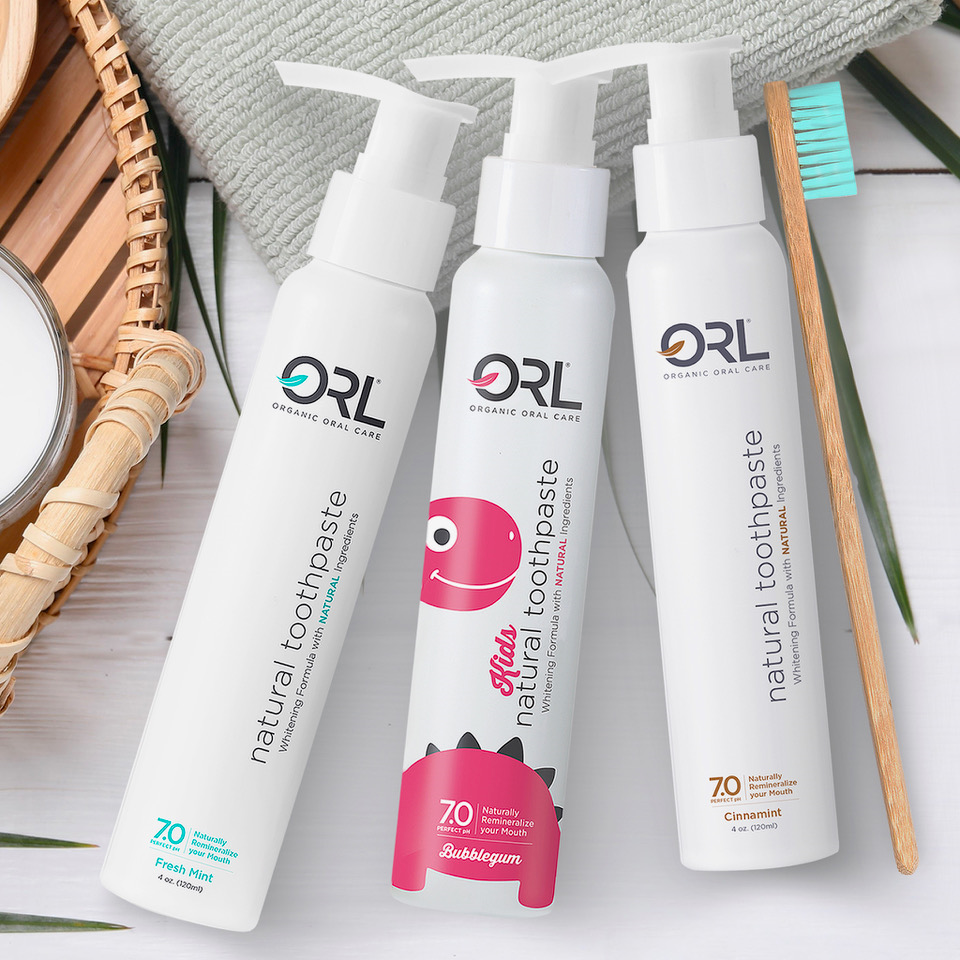It is estimated that 79% of all Americans drink at least one cup of coffee per day. As one can imagine, there are lots of myths and misconceptions about the best time to brush your teeth, especially as it relates to specific beverages, like coffee, tea, wine, soda, citrus, and sports drinks. A few things we’ve heard include:
“Brushing makes your teeth porous and susceptible to staining, so you should always brush after coffee.”
“Toothpaste and coffee don’t mix, so you need to brush well before or after drinking coffee to avoid the nasty taste.”
Both sound logical, but neither is right, and following one of these common myths can actually damage your teeth. Let’s dig into what really happens when you indulge in a cup of Joe and the science behind porous teeth, staining, demineralization, remineralization, and what exactly causes that wretched taste when you mix toothpaste with certain foods.
Your Teeth Really Do Have “Pores,” But They’re Plugged
To understand what happens with your teeth and how to keep them healthy, we need to break down the structure of your teeth a bit. The outermost portion of your teeth is the enamel. It’s the hardest substance in your body, but it’s also non-vital, meaning it has no living cells. When your enamel is gone, it’s gone. Your body cannot regrow it or repair it. Just below the enamel is the dentin. It actually has some ability to repair, but the extent is limited. Dentin is made up of microscopic tubules, sometimes called dental tubules, dentinal tubules, or dentin tubules. Either way, these are the “pores” people talk about. They’re pathways from the underside of the enamel, through the dentin, and to the pulp in the center of the tooth. The pulp contains blood vessels and nerves, which is why it needs the two protective outer layers. If you’ve ever needed a root canal, you probably fully understand just how sensitive the pulp is.
Thankfully, your tubules are typically plugged, thus shielding the pulp from anything that might pass through the enamel. Very few things can disrupt the plugs, but certain dental treatments do, and teeth whiteners can. In fact, that’s one of the reasons professional-grade whiteners work so well. They permeate the layers of the tooth and oxidize stains away from the inside out. While the tubules are unplugged, you will likely have some sensitivity and your teeth will be more susceptible to staining. However, new plugs form fairly quickly, so everything is usually sealed up tight within a couple days of treatment.
That said, toothpaste doesn’t make your teeth more porous or open the tubules, so brushing before eating is not a risk in this sense. However, the longer coffee and other high-stain foods stay in contact with your teeth, the more likely you are to develop stains. If you choose to partake, try to finish it all at once, rather than sipping for an extended period, or use a straw to minimize direct contact with your pearly whites. Furthermore, if you choose to whiten your teeth, avoid high-stain foods for a couple days after, so the tubules have time to close up again.
Acid Causes Teeth to Demineralize and “Soften”
One of the things we’re most passionate about here at ORL is creating a perfect 7.0 pH balance. Studies show that imbalance—moving too much in either direction (acidic or alkaline)—is associated with periodontal disease. Acidic environments also cause demineralization, meaning vital minerals, such as calcium and phosphorus, are lost. The process is referred to as acid erosion and it deteriorates teeth, eventually causing them to develop weak spots or indentations in the enamel, which ultimately turn into cavities. Acidic environments cause similar damage to the dentin below too.
All sorts of things are working against you to make your mouth more acidic. Coffee is a big culprit for many of us, but tea, wine, soda, sports drinks, citrus, and tomatoes can plummet pH into the acidic range quickly as well. Some oral health care products are acidic too, meaning they may clean or freshen, but they’ll strip your teeth of nutrients in the process. Of course, you don’t want to skip brushing either, as plaque is an additional acid generator.
However, as you move closer to a neutral pH, teeth will remineralize on their own, picking up the minerals in your saliva and fortifying your teeth. So, although lost or damaged enamel will never naturally repair itself, it can remineralize and grow stronger, which ultimately protects it from future acid attacks as well.
In this sense, you’d want to take steps to restore balance as quickly as possible after consuming something acidic, and most people would turn to brushing for that. That’s actually a really bad idea.
Brushing in an Acidic Environment Accelerates Acid Erosion
We know that acid attacks enamel and dentin in a process called acid erosion, but what most people don’t realize is that research shows brushing while the mouth is in an acidic state actually removes the demineralized soft layer of enamel. As acting President of the American Academy of General Dentistry, Dr. Howard R. Gamble further explained, “With brushing, you could actually push the acid deeper into the enamel and the dentin.”
While enamel that’s brushed away never comes back, softened or susceptible tooth structures don’t stay that way for long. Scientists found the risk window naturally closes after 30-60 minutes. Gamble noted that the window can be closed much sooner by rinsing with water or using an acid-neutralizing mixture.
Sodium Lauryl Sulfate (SLS) Causes the Awful Taste When You Indulge After Brushing
Most traditional toothpastes contain sodium lauryl sulfate (SLS) or one of its close relatives. SLS creates the froth or foam when you brush and is used as a detergent or surfactant. Many people prefer to use an SLS-free toothpaste because the ingredient is associated with irritation and allergic reactions, but it also has an uncanny way of toying with taste buds. In short, it enhances certain bitter flavors and diminishes our ability to taste sweet. The latter phenomenon is short-lived. Saliva rinses the SLS away and your taste buds return to normal.
That in mind, there are several ways to avoid food tasting bad after brushing. You can wait to eat, eat something that doesn’t have a bitter flavor first, or choose an SLS-free toothpaste.
You Can Brush Before or After Coffee with a Few Precautions
It’s actually ok to brush either before or after coffee and other acidic foods and beverages, but you need to be mindful about it either way to avoid stains, damaging your teeth, and gross tastes.
If you brush before coffee…
- Choose an SLS-free toothpaste to avoid funky flavors.
- Drink your coffee quickly or use a straw to minimize staining.
- Restore pH after you finish your coffee to halt demineralization, kickstart remineralization, and promote oral health.
If you brush after coffee…
- Restore pH first to avoid accelerating acid wear.
- Skip abrasive toothpastes to minimize erosion. Whitening toothpastes are often more abrasive, but any toothpaste can be.
Either way…
- Brush gently with a soft toothbrush to minimize erosion.
- Interesting article on coffee and the pH balance of other drinks too
Make it Simple, Use ORL Toothpaste and Mouthwash
ORL’s line of toothpastes and mouthwashes work differently than most of the products on the market today. Not only are they perfectly pH balanced, but they’re SLS-free and fluoride-free, using natural hydroxyapatite along with vitamins and minerals to remineralize instead. They also leverage the cavity-fighting power of organic xylitol and contain a proprietary blend of plant-based essential oils which help you nourish your way to a healthier smile and leave you with deliciously fresh breath. Check out our full line.


